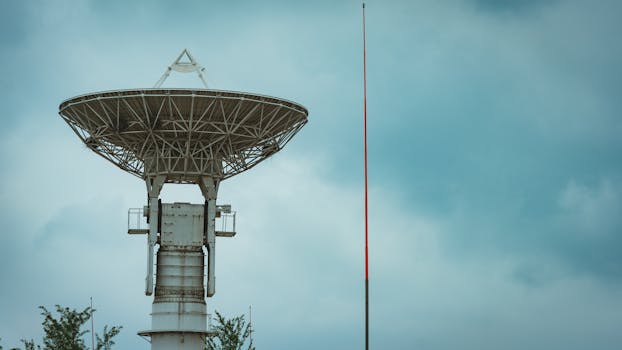
GEO Satellites: The Backbone of Modern Technology
GEO satellites, or Geostationary Earth Orbit satellites, are a type of satellite that orbits the Earth at an altitude of approximately 36,000 kilometers, remaining stationary relative to a fixed point on the Earth’s surface. This unique characteristic allows GEO satellites to provide continuous coverage of a specific region, making them ideal for a variety of applications. The focus keyword for this article is GEO satellites, and we will delve into the world of these satellites, exploring their history, technology, and impact on modern society.
The first GEO satellite, Syncom 2, was launched in 1963 by NASA, and since then, hundreds of GEO satellites have been launched into orbit, providing a wide range of services, including telecommunications, weather forecasting, and navigation. One of the primary advantages of GEO satellites is their ability to provide global coverage, allowing them to communicate with multiple regions simultaneously. This has enabled the development of global telecommunications networks, connecting people and businesses across the world.
How GEO Satellites Work
GEO satellites operate by transmitting and receiving signals to and from Earth stations, which are located on the ground. These signals are used to provide a variety of services, including television broadcasting, internet connectivity, and mobile phone networks. The satellites use a combination of solar panels and batteries to generate power, and are equipped with transponders, which are devices that receive and retransmit signals. The satellites also use propulsion systems to maintain their position in orbit and prevent them from drifting away from their assigned location.
The technology used in GEO satellites is highly advanced, with many satellites equipped with multiple transponders, allowing them to provide a wide range of services simultaneously. The satellites also use sophisticated antennas, which are designed to receive and transmit signals with high accuracy and efficiency. The development of new technologies, such as high-throughput satellites (HTS) and very high-throughput satellites (VHTS), has further increased the capabilities of GEO satellites, enabling them to provide faster and more reliable services.
Applications of GEO Satellites
GEO satellites have a wide range of applications, including telecommunications, weather forecasting, navigation, and Earth observation. In the field of telecommunications, GEO satellites are used to provide internet connectivity, mobile phone networks, and television broadcasting. They are also used to provide backup connectivity in case of emergencies, such as natural disasters or network outages. In the field of weather forecasting, GEO satellites are used to monitor weather patterns and provide early warnings of severe weather events, such as hurricanes and typhoons.
In addition to these applications, GEO satellites are also used for navigation, providing location information and timing signals for GPS and other navigation systems. They are also used for Earth observation, providing images and data on the Earth’s surface, which are used for a variety of applications, including agriculture, forestry, and disaster response. The use of GEO satellites has also enabled the development of new technologies, such as precision agriculture and smart cities, which rely on the data and services provided by these satellites.
The Future of GEO Satellites
The future of GEO satellites is exciting, with many new developments and innovations on the horizon. One of the most significant trends is the development of new satellite constellations, which will provide faster and more reliable services. These constellations will be composed of hundreds or even thousands of small satellites, which will work together to provide global coverage. Another trend is the development of reusable launch vehicles, which will reduce the cost of launching satellites into orbit and make it more accessible to a wider range of companies and organizations.
The use of GEO satellites will also continue to play a critical role in the development of new technologies, such as 5G networks and the Internet of Things (IoT). These technologies will rely on the data and services provided by GEO satellites, and will enable the creation of new applications and services that will transform the way we live and work. As the demand for satellite services continues to grow, the importance of GEO satellites will only continue to increase, making them a vital part of modern technology.






